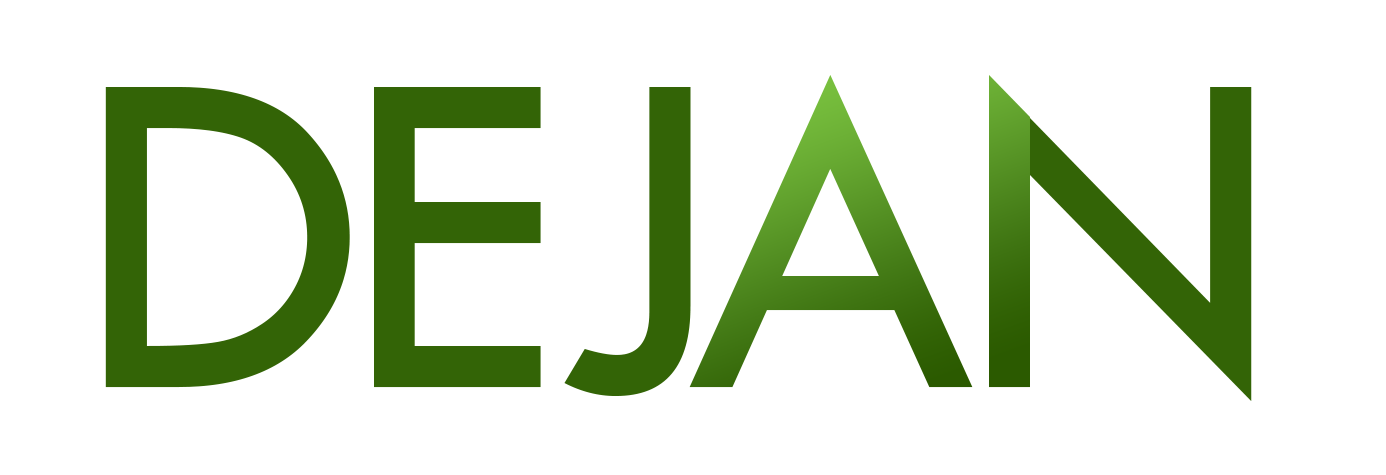Category: Google
-

Google’s Trajectory: 2026 and Beyond
AI is shifting from tool to utility. Agentic AI Becomes the Default Interface 2026 prediction: Expect Google Search to become agentic by default. Not “here are 10 links” – more like “I booked the restaurant, here’s the confirmation.” Operator-style functionality baked into Search and Gemini app. Gemini 4 Likely Late 2026 The pattern is clear:…
-

Google’s Ranking Signals
Popularity Popularity signals are derived from user interactions based on ingested user events. The more the users interact with a document, the stronger the boosts are. These data requirements check the overall readiness of your events to generate the popularity signals. This is regardless of the specific search app that you choose. Predicted CTR model…
-

Google’s AI Uses Schema?
Article updated thanks to a sharp observation from Lukasz Rogala who makes my claim less certain and putting us back in the “needs more evidence category”. There’s some evidence Google uses structured data to ground Gemini in its AI search. If true this is good news for AI SEO people and vindication for schema advocates…
-

Grounding Snippet Extraction Tool
You can rank #1 and still be invisible to AI search. That’s the uncomfortable truth of the AI Mode era. Google’s AI doesn’t just look at your page, it extracts specific sentences, evaluates them against the query, and decides whether your content deserves to ground its answer. The rest of your carefully crafted copy? Find…
-

Ricursive: The Most Interesting AI Company You Haven’t Heard Of
There’s a concept in AI that sounds like science fiction but is now being pursued seriously: recursive self-improvement. The idea is simple. Build an AI system that improves the hardware it runs on. Train a better AI on that improved hardware. Use that AI to design even better hardware. Repeat. This isn’t theoretical anymore. Two…
-

Gemini 3 hallucinates fan-out queries
TL;DR: Gemini 3 made up the fan-out queries used to answer a prompt. Today I was testing the updated API response from Gemini 3 (thanks Mike!) and found it to be as unreliable as its predecessors when it comes to hallucinations. Not only did it lie to me, but it also attempted to cover up…
-

How much of your content survives the AI Search filter?
But how much if your page content actually makes it to the model? About one third on average. Metric Value Total Characters Across All Pages 21,198 Total Characters Cited 6,818 Total Characters Not Cited 14,380 Overall Citation Coverage 32.16% Citation Analysis: owayo.com Source: owayo.com Citation Snippet Custom Running Shirts – owayo: owayo manufactures custom running…
-

Browsing vs Content Fetcher
Google’s AI Mode has two modes of extracting information from the page: browsing and content_fetcher The core difference lies in their input requirements and how they are intended to operate within a workflow. browsing takes a single URL as its primary input, while content_fetcher takes a list of structured SourceReference objects. browsing (browse function) content_fetcher (fetch function) Summary of Differences Feature browsing (browse) content_fetcher (fetch) Primary…
-

CAPS: A Content Attribution Payment Scheme for the AI Era
The Problem: A Broken Content Ecosystem We’re watching the collapse of the web’s economic model in real-time, and everyone knows it. AI assistants have fundamentally changed how people consume information. Why wade through ten articles when Claude, ChatGPT, or Gemini can synthesize an answer in seconds? Why maintain 100 browser tabs for research when AI…
-

Annotated Page Content (APC)
1. Introduction What is APC? Annotated Page Content (APC) is a structured and actionable representation of a webpage’s content and layout. Its primary function is to enable a deep understanding of page structure, content, and interactive elements by downstream clients, who can receive the information as a protobuf tree. Core Principles APC is designed with…
